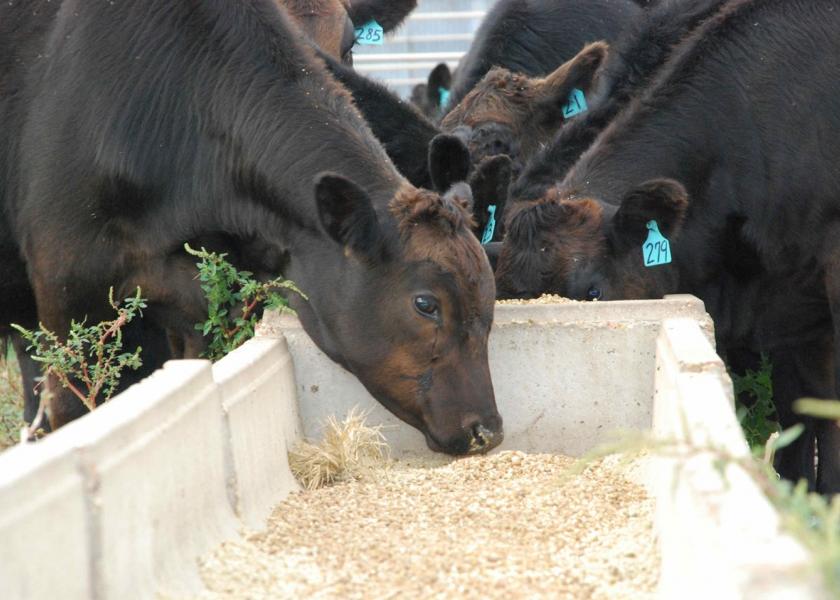Preconditioning Pays

Preconditioning and weaning strategies pave the way to higher premiums—even when feed costs climb higher
No doubt farm expenses are on the rise this year, but as cattlemen start to weigh in on weaning spring-born calves, trimming preconditioning strategies to help keep costs in check isn’t the answer to getting ahead, according to industry experts.
“Even in situations where feed prices might be higher, cow-calf producers that make time for genetic selection to improve their calf crop and then take time to vaccinate those animals or precondition them at weaning find those practices are worthwhile,” explains Dr. Dan Tracy, Zoetis beef technical services veterinarian.
Tracy says that while the knee-jerk reaction in times of high feed costs is to market calves without preconditioning them for 30 to 45 days, cow-calf producers should remember the overall impact those calves make on the stocker segment of the industry once they leave the farm.
Feed costs aside, Tracy adds the issue also becomes a matter of animal welfare.
“We have to make sure these animals are treated in such a way that helps maintain their health,” Tracy says.
Worth the Cost
Third-generation Osage County, Oklahoma rancher Robert S. Hughes II makes a business out of buying high-risk, unvaccinated calves. However, he says weaned and preconditioned calves are worth $10 to $20 more per hundred.
“Preweaning shots are absolutely worth their weight in gold,” Hughes explains. “There is no question, I have more trust in buying a weaned calf, and there’s no question of the value to that.”
According to Hughes, preconditioned calves hit the ground running, helping stocker growers like him realize a better total gain, lower labor costs, and incur fewer health problems.
Tracy adds reducing the incidence of health issues, like bovine respiratory disease (BRD), in stocker cattle is the primary reason cow-calf producers should continue weaning and preconditioning practices.
“When talking about paying for an expensive feed, it is advantageous to limit the incidence of disease because sick cattle don’t eat, they don’t grow that well, and they certainly don’t grade when those animals are finally harvested,” Tracy explains. “So, when feed becomes a premium, we need to do things to make sure these animals are more efficient on feed and gain every ounce they can while they’re consuming that expensive feed.”
Don’t Abandon Ship
The end goal is to reduce sickness in stocker cattle once they leave the farm or ranch, Tracy says. That alone calls for cattlemen to stay on track with their weaning and preconditioning protocols even in times of higher feed costs.
“What BRD has cost the cattle industry is significant,” Tracy notes. “Anything that we can do to reduce disease and improve the welfare of those animals, to increase the performance, that certainly trickles down the food chain in increased profitability—all the way to harvest. It’s always a goal to create a healthy animal, in terms of welfare, and to be better stewards of how we use antibiotics.”
Preconditioning calves will pay producers through added weight to sell, as well as healthier calves for buyers. The added weight gain can help offset the cost of the feed, while the health program encourages buyers to offer more. Money talks and the bottom line is that preconditioned calves are worth more.
“If the calf leaves the farm and is properly weaned and vaccinated, buyers are willing to give a premium because they know those calves will grow better and have less sickness,” Tracy says. “We must keep up the good fight. We must continue to encourage these practices on the cow-calf side.”







